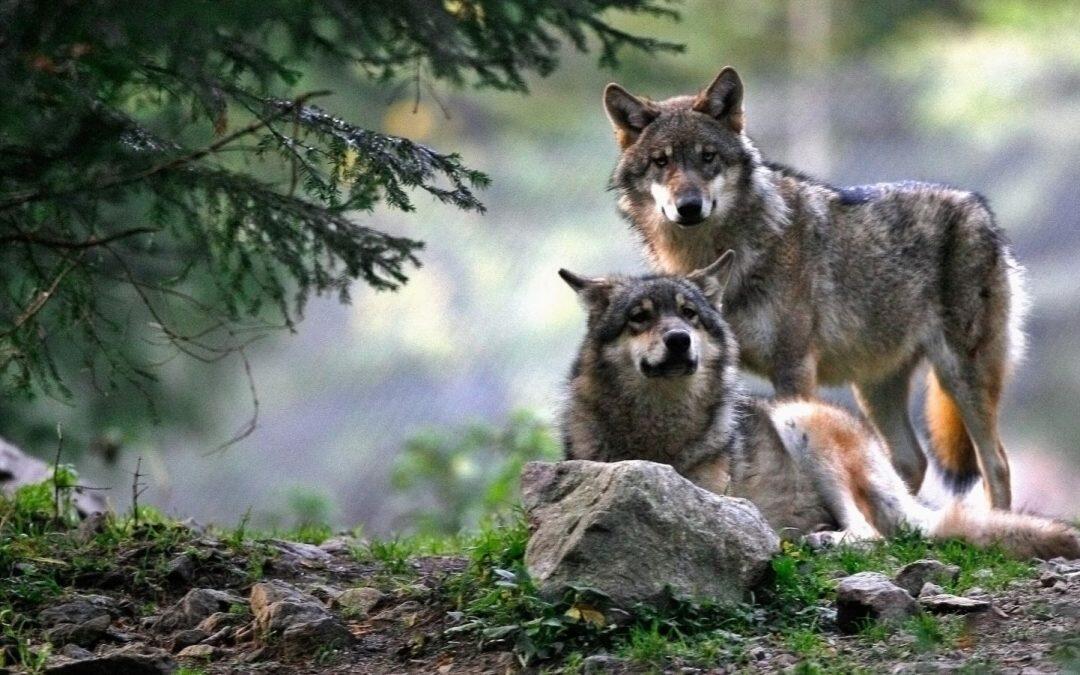It is known that the wolf occupies an area of wide distribution on the planet, when compared to most terrestrial mammals.This fact, coupled with the ancestral conflict with humans and their ability to survive, has led to regard the wolf as an animal able to thrive in virtually any environment, including environments dominated by human activity. While this perception is not entirely wrong, the wolves’ vulnerability to men is high at certain times of their life cycle, as in the breeding season.
Proof of this is the recently published study in the journal Biological Conservation led by a team of 27 researchers from 12 countries, including the University of Oviedo, which show that wolves minimize the risk of interacting with human work when their vulnerability is higher (in the breeding season) adopting similar patterns of behavior throughout its range, from Alaska to India or Afghanistan. The research was led by Victor Sazatornil, University of Barcelona, and Jose Vicente Lopez-Bao, of the Joint Biodiversity Research Unit at the University of Oviedo.
“After reviewing 728 breeding sites from around the range of the wolf, we have found that, in general, wolves minimize the risk of interacting with men placing their breeding sites in areas away from human activity within their territories, or placing them in areas with plenty of shelter to go unnoticed or hinder access of man, “says Victor Sazatornil, one of the main authors.”This behavior seems to be more pronounced where human presence is greater,” he continues.
However, the authors have not only found general patterns in the location of the breeding sites of wolves. In connection with different stories of persecution of large carnivores by men between Eurasia and North America, the authors have found that in Europe and Asia wolves are especially sensitive to humans when selecting the places where care for their pups, while in North America this sensitivity there is apparently a lesser degree.
For example, while in Eurasia Wolves select the most rugged and elevated areas of their territories, in North America they seem to choose the valley bottoms and areas smoother relief.
However, José Vicente Lopez-Bao said that although wolves and other large carnivores are able to live near men and do not require large areas of habitat unchanged, “the question of habitat should not be ignored when trying to preserve these species in humanised environments, and should aim at least to ensure small areas within their territories in which a vegetation that provides protection and human activity is regulated during the reproductive period “is preserved











